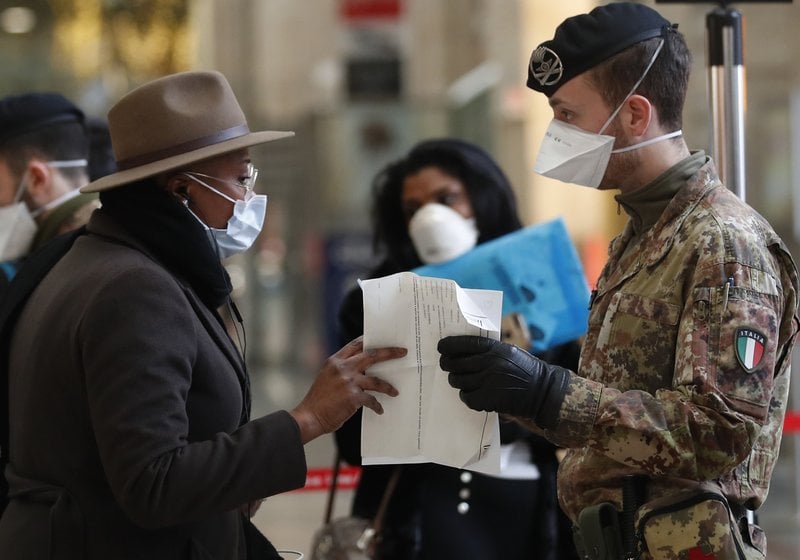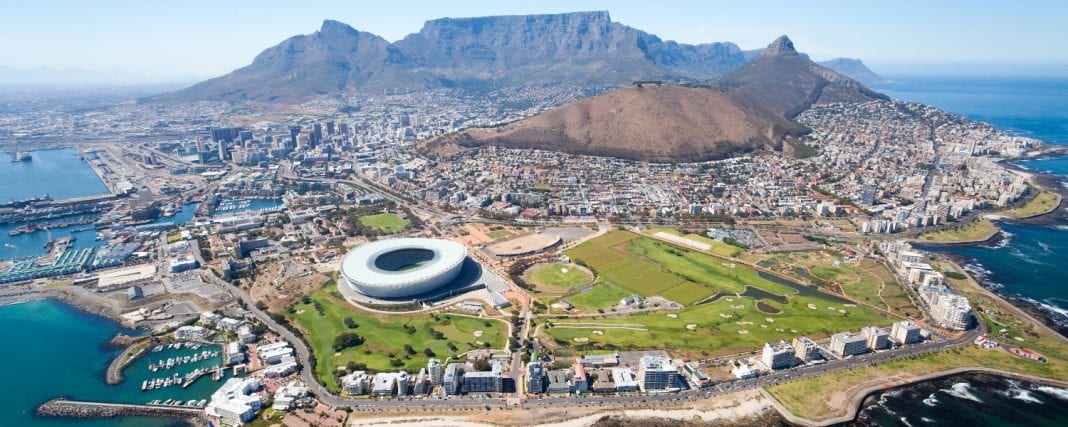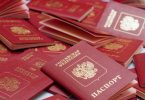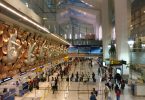Skyrocketing infections that cemented Italy travel restrictions due to it being a global virus hot spot for COVID-19 coronavirus and superficial compliance with earlier restrictions covering 11 towns, led the government to extend its quarantine order to encompass the entire Lombardy region and 14 provinces in the Piemonte, Veneto, and Emilia Romagna regions.
Today, Monday, March 9, 2019, confusion reigns in northern Italy over who could go where and under what circumstances. This is the first business day since the government locked down a vast area with more than one-quarter of the Italian population in a desperate attempt to contain the country’s coronavirus epidemic.
Streets in Milan, Italy’s financial hub and the main city in Lombardy, were unseasonably quiet. Check points were set up at the city’s main train station to screen travelers. People at Milan Central Station were being required to sign a police form, self-certifying they were traveling either for “proven work needs” situations of necessity, health reasons or to return to their homes.
“Until a few days ago, the thinking was the alarm would pass in some weeks, we just need to follow the rules. Now, we need to explain to citizens that the situation is very, very serious, our hospitals are at the point of collapse,” the mayor of the city of Bergamo, Giorgio Gori, told RAI state television.
People circulating inside the city and also in the provinces beyond were subjected to spot checks to ensure they had valid reasons for being out. Violators risked up to three months jail or fines of 206 euros ($225).
The message from authorities was an increasingly blunt “stay at home.”
Italy registered 1,807 more confirmed cases as of Monday evening, for a national total of 9,172. With the latest numbers, Italy again overtook South Korea as the country with the most cases outside China. The number of dead in Italy also increased by 97 to 463.
Italian Premier Giuseppe Conte signed a decree early Sunday attempting to lock down 16 million people in Italy’s prosperous north – more than a quarter of Italy’s population — for nearly a month to halt the virus’ relentless march across Europe. The extraordinary measures, which also apply to the city of Venice, will be in place until April 3.
Under the new decree, casual errands are out. The time-honored Italian tradition of an espresso at the corner cafe – gone. Customers now are required to take tables, if possible, the one furthest from the bar. The evening aperitif is also frowned upon; bars close at 6 p.m. Even going to the grocery store is a major expedition.
The regions affected by the decree are among the most productive in Italy. Industry leaders worry about a perception being created abroad that all business was shut down and commercial deliveries of exports can’t be made.
The civil protection agency has emphasized that commercial freight was not affected by the crackdown. But that does not address what happens to drivers who leave the containment area. In theory, they would be subject to 14-day quarantines once they return from trips outside he red zones.
For travelers and commuters, procedures at the main train station have been tightened significantly since the early Sunday morning decree. Now, pairs of police officers in masks backed by pairs of masked armed soldiers check tickets and documents of people arriving and departing.
Patrizia Peluso arrived at the station Monday afternoon from a five-day holiday with her two children in Lapland, Finland. They had to reroute their return flight through Rome after airlines canceled flights to Milan. They grabbed a Naples-Turin train in Rome, connecting two cities not subject to the quanrantine, and were among the few passengers to get off in Milan.
Full Coverage: Virus Outbreak
Before letting them pass the gates, soldiers confirmed their residence in Milan and asked their reason for traveling.
“I explained we were away on holiday and I have to return to work. If not, I wouldn’t have come back at all,” Peluso said.
The first thing she has to do when she gets home: buy groceries.
“We have nothing to eat at home. But I hear you have to wait in lines to get into stores,” she said. “I hope that everything goes well.”























